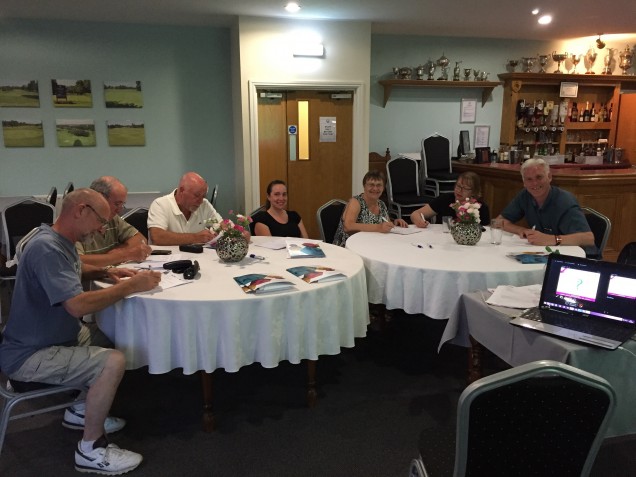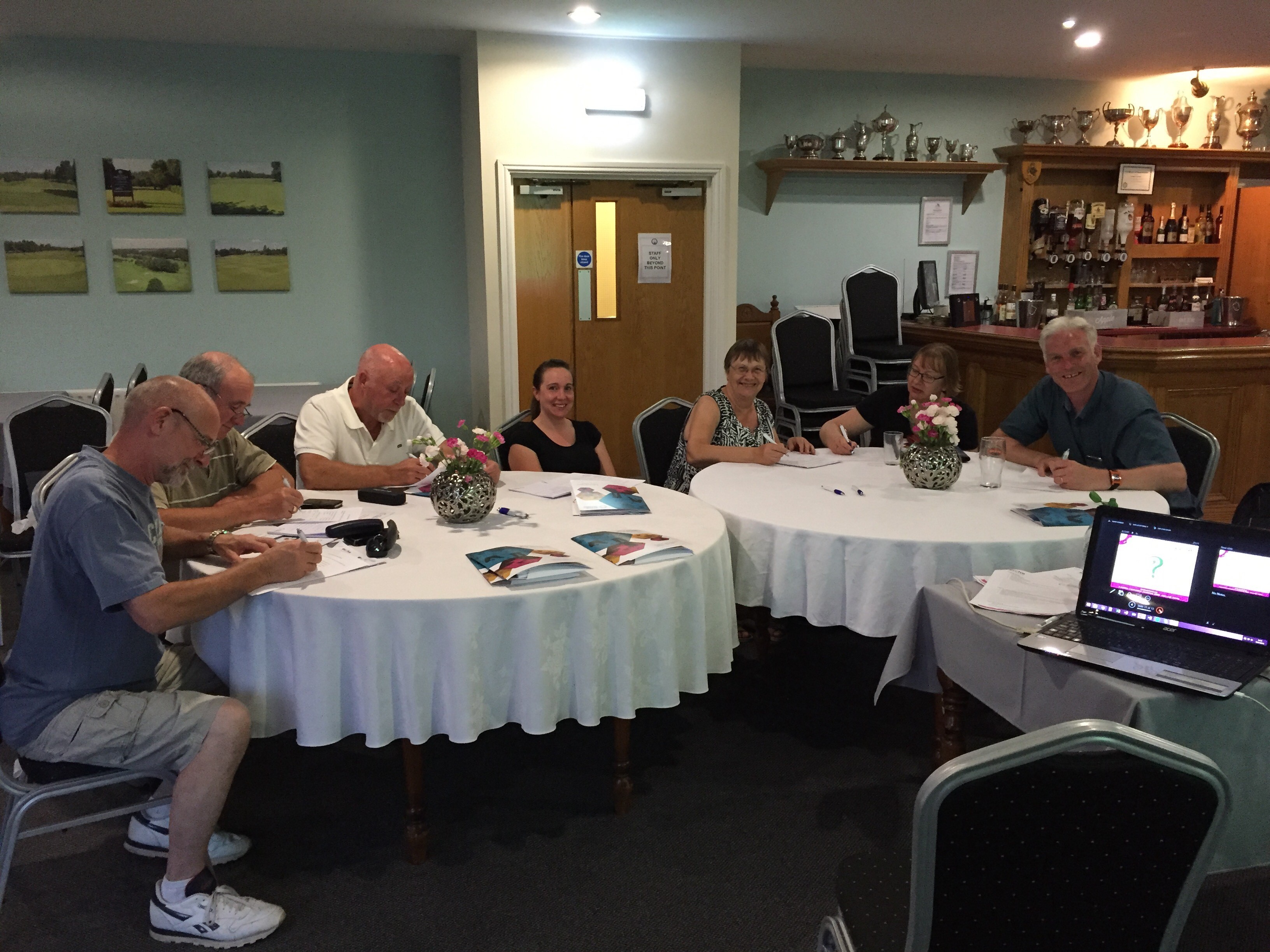We’ve just recently completed two workshops for Active Humber aimed directly at Sports Clubs and we thought this would be a great time to share three of the main points that became a talking point during those sessions.
Point 1 – Social Media Access
As a club there is a strong possibly everyone working with you is a volunteer. There may not be a management structure and there may not be a specific senior member of staff or the team. Internally a discussion needs to take place about the access levels and password of your accounts as your Social Media accounts can act as the face of your club.
A Facebook page for example allows users to have different access levels (See Facebook permissions for more information) so you would want a long standing member, chairperson, owner etc to have full Admin rights and then everyone else to have Editor or a lower access. Twitter doesn’t have this option, it’s one password and one log in detail so you the individuals with these details need to be trusted and we would advise these are checked on a regular basis to make sure they haven’t been changed.
Point 2 – A Facebook group or a Facebook page?
Some of the groups we were training already had a closed Facebook group set up for their members and wondered why they needed a Facebook page. Here’s a few examples:
1) Facebook group – Would you request access to a group if you didn’t know much about a sport or a club? It’s a closed group with members and you don’t know anyone on the list. This “Request” can put people off and you will be missing an opportunity to promote your group to new individuals if you solely have a group
2) A Facebook page – This page can be used as your noticeboard to the outside world. What is your club about, when do they meet, what do they do, photos of events taking place, how can interested individuals get involved? All this will go on your Facebook page and interested individuals are more likely to like this page than they are request access to what seems like a private group.
Having the group is a great way to continue communication to your members, having a page is a great way to communicate with anyone who’s interested. Use the two together if you have the capacity but if you’re after new members – a page is the way forward.
Point 3 – What to say
This is not solely a sticking point for clubs but it’s one that comes up on a regular basis, what the heck am I going to say! I always advise writing down 10 topics that spring to mind, these could be:
- This could be showing techniques, videos on YouTube of the top professionals doing what you do, explanation videos for newbies.
- Up and coming events – how can people get involved, what is happening at your club
- Links back to your website – your website is not dead just by introducing Social Networks to your marketing mix, what pages on your website could you promote that explain what you do.
- Photos from activities and events – If you meet on a weekly basis take some photos, share these regularly. Get some photos of your members if they’re happy to be photographed
- Articles about your sport,
- The Olympics and wishing others in the sport well at national competitions
- Follow other accounts that are linked to your club, what are they saying. Is there something they are saying that you can share as well?
- Search for content on Google – what is happening in your industry, what news updates are there, what hot topics are taking place. Use these
- & 10. And I’ll leave the final 2 up to you 🙂
There are many ways we can work with clubs to get your social media up and running so if you’d like any further help please complete our Contact Us form and we will get in touch. Also if you have your top 3 tips for clubs please feel free to add them below!



